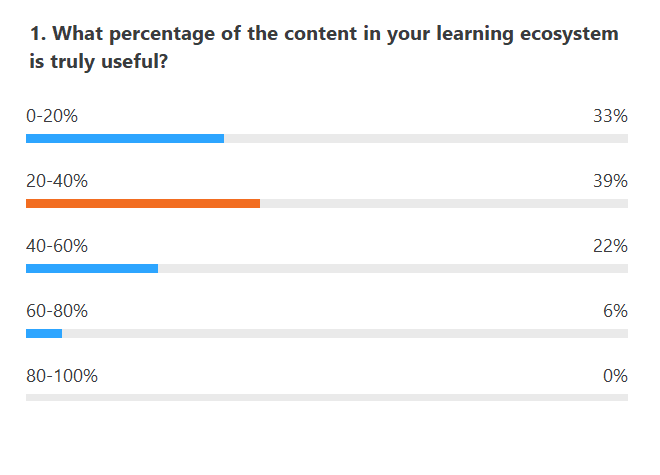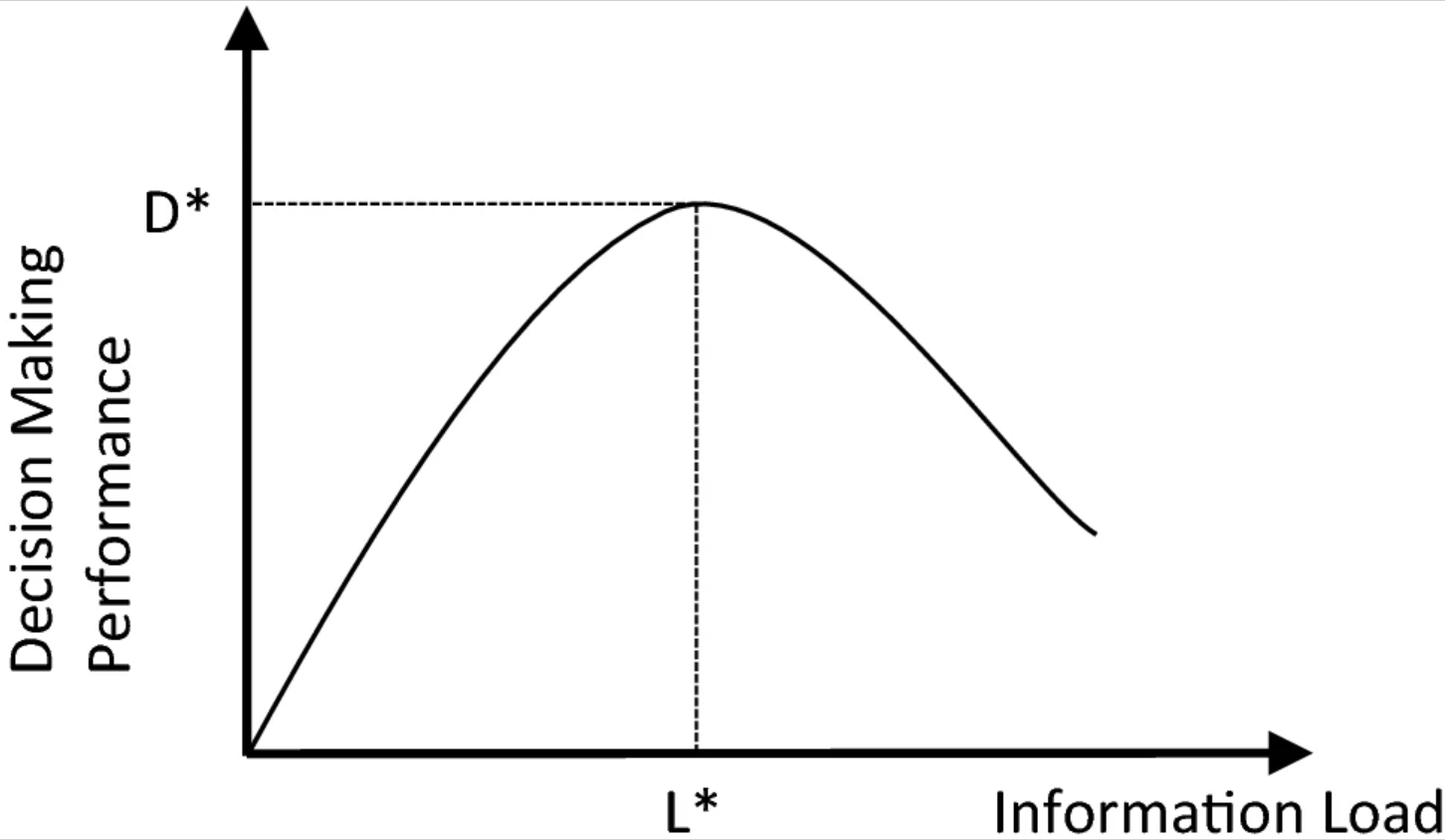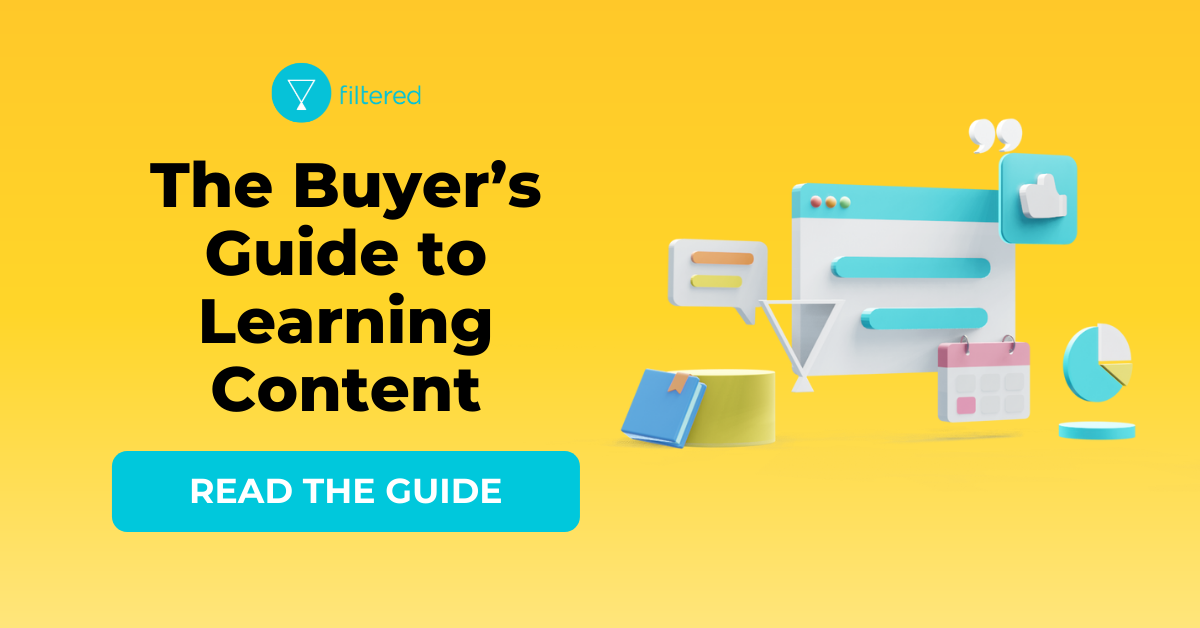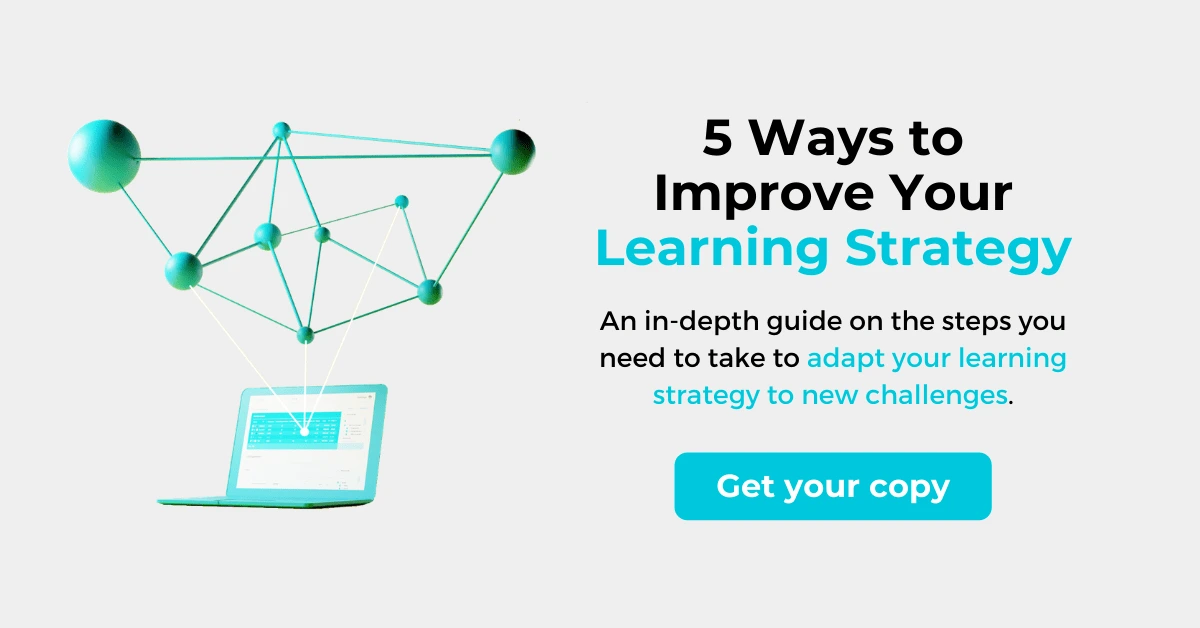We asked, in a recent webinar, how highly the audience rated the usefulness of their company’s learning content. The results were worrying, yet expected:

You could argue (if you ignored the massive costs of this irrelevant content) that “at least the good material is in there". Unfortunately, the useless content not only masks the good stuff, it jeopardizes the entire learning apparatus.
Content overload is the most significant barrier between your learners and your learning because our brains aren’t built to cope with it. And they don’t. At best, learners make poor decisions and revert to more comfortable yet less effective ways of selecting and using learning; at worst, they give up.
Last week, we went through the science of how content overload affects your brain - why it’s so damaging, and how our instinctive crisis responses are always counterproductive. This week, we’re talking about solutions.
Luckily, the psychological studies don’t stop at the assertion: “content overload is a problem”. Instead, the research discusses how to bypass all the unhealthy routes from information-to-brain. For corporate learning, that’s as much about enabling a personal approach as the platform itself.
People-first approach
How an individual approaches or is approached by large amounts of content can determine whether or not they feel overwhelmed by it. As a learning leader, here are some key psychological findings and how you can use them to encourage a healthy response to large amounts of content.
Findings
Fight or flight
In the first part of this piece we gave a far more in-depth runthrough of this research from Edward Hallowell on information overload. However, to simplify his findings: when someone is faced with too much information, the lower, more primitive, parts of the brain take precedence over the more rational frontal lobe. This leads to a more primitive “fight or flight” response where the person’s brain resorts to anger, rash decisions, or simply ignores the problem (read: procrastinates).
The productivity inverted U curve
In this study, Souren Paul and Derek L. Nazareth examined how different workloads affected the information intake of study groups. They found that there was an inverted U-shaped relationship between the amount of information encountered and the students’ ability to take it in.
This means that, up to a point, the more information a student had to process, the quicker they were at it. After that peak, their processing capacity fell. Other studies have found a similar relationship between processing speed and information complexity.
The research also found that students’ processing speed improved with time pressure, again, up to a point.

(For learning-specific further reading on cognitive load, check out John Sweller’s pivotal work here).
User impressions of content inform overload
This paper, from Ae Ri Lee, Soo-Min Son, and Kyung Kyu Kim concluded that “information equivocality positively influences information overload”. Which is a long-winded way of saying that the less users trusted the quality of content, the more likely they were to feel overloaded. While this study examined social network users, it’s easy to see how the findings can transfer to learning.
Responses
Perfect is the enemy of good
It might seem wrong to compromise on using the best possible information to achieve your goals. But if the other option is analysis paralysis, understanding the “good enough” point is key to getting things done. It’s about keeping sight of what’s actually important. Not just learning everything there is, but learning what you need to improve yourself and get the job done.
A good way of doing this in practice is to make up an information or content queue and go back to it regularly. This means you don’t have to deal with every new bit of useful content as you encounter it; you can put it aside and tackle it when your day is quieter. This doesn’t need to be limited to learning content either, it works just as well with emails and everyday work information.
4 questions to ask your learners
Try asking (or answering for) your learners these 4 questions to help deal with analysis paralysis:
- What do you absolutely need to learn to get the improvement you want?
- What absolutely can’t be put off until later?
- What are the most painful things to change after the fact?
- What might realistically go wrong without the right knowledge?
Measuring learning doses
Paul and Nazareth’s research makes clear that learners have a sweet spot of information intake where they’re able to process information as fast as it’s coming in. The tricky bit is finding that. And finding it for each person.
Here, utilising internal data is key. If you can find out at what point users tend to drop off your learning program, and when they’re most engaged, you can get a clear picture of exactly where the top of that inverted U curve is.
The more granular you can get, the better. If you can get an idea of how departments, and even individuals, react to the level of content they’re facing, you tailor learning loads.
Separate the content that users trust
Ae Ri Lee, Soo-Min Son, and Kyung Kyu Kim’s paper found that people felt less overloaded if they had faith in the content. Finding quality is difficult, especially at a scale beyond human curators.
There are some key things to consider when trying to find content people will trust. At the most basic level, find out what people have been using and completing (for example work out which content has the highest completes per open). Even better, get users to rate content they have finished according to its usefulness.
Perhaps the best, and most difficult, method for getting useful content is to look downstream. Automated re-prompts can find out if people have used something they’ve learned in this article a month down the line. If so, get it to similar learners.
Finally, trust also applies at a content library level. Using reputable libraries full of high-quality, relevant content can drive initial engagement and build trust over time. And it’s now possible to scalably analyse content using AI to assess libraries so you know which ones these actually are.
Platform provision
The location people visit to learn is the key thing that L&D departments have control over. An LXP is a great example. Users’ experience when they get there will determine whether they feel satisfied or overloaded by learning.
Findings
Coherence principle
The coherence principle states that people learn better when extraneous material is excluded rather than included. It’s connected to Miller’s Law which refers to the concept that the short term memory can hold up to 7 items (plus or minus two). Any sort of image, media, or flourish can take up a space in the working (short term) memory and leave less room for learning.
People resort to the external
When people feel overwhelmed by an online learning platform, they often resort to external sources – this research from Chun-Ying Chen, Susan Pedersen, and Karen L. Murphy found. Students surveyed, when faced with information overload, looked for external web resources to find out what the key bits of learning were to fulfil course requirements. These included external assignments, learning objectives, overviews of the module content, and fundamental concepts.
Response
Less tell, more do
The space taken up in people’s heads when following directions and enacting complicated set-ups leaves less room for learning. Instead of simply presenting learners with content, find ways to involve learners by making constructing your platform as a series of interactions. The less of your learner’s working memory is taken up by admin, the better your chance of avoiding overload.
Chunking
In the paper in which George Miller created his law of 7, he also provided his key solution to learning overload: “chunking”. Chunking is the process of grouping complex information into more self contained, more digestible segments.
For example, if you wanted to remember your shopping list, you’d do a far better job if you remembered it in chunks (everyday essentials; tonight’s dinner; household items) than if you tried to imprint the whole thing into your head.
If L&D can leverage this technique and tailor it to individuals (such as through learning pathways and skills frameworks), it can greatly increase its users’ capacity to take in knowledge.
Integrated social features
As Chen, Pedersen and Murphy’s study shows, sometimes even the best platforms can be overwhelming to user segments. While everything possible should be done to avoid that, you should have provisions within your platform that allow pre-empt users feeling lost by allowing them to lighten each other’s loads.
These could be comments, forums, sharing features, or even mentor matchmaking facilities. Integrations with social platforms like MS Teams can extend this function into every day work.
Leverage ‘alternative’ options
The above study also shows how students use external learning ‘alternatives’ to navigate content overload. Learning professionals often see external learning aids as amateurish. However, learners do use them all the time. So, instead of leaving users to indiscriminately use untested materials, L&D should regulate and suggest external resources as alternative or supplementary options.
Filtering
All the above are great ways to work around an existing problem. But that problem doesn’t have to exist in the first place. If you effectively filter your learning content, your learners won’t be faced with too much. If they’re not overwhelmed they won’t choose poor options or give up on the learning.
The key is to filter with care. Find out business goals and personal incentives and only allow content that fits those two hoops. That’s what we’ve spent years developing our algorithms and people to make possible.
Get in touch to find out how Filtered can help solve content overload in your organisation.



